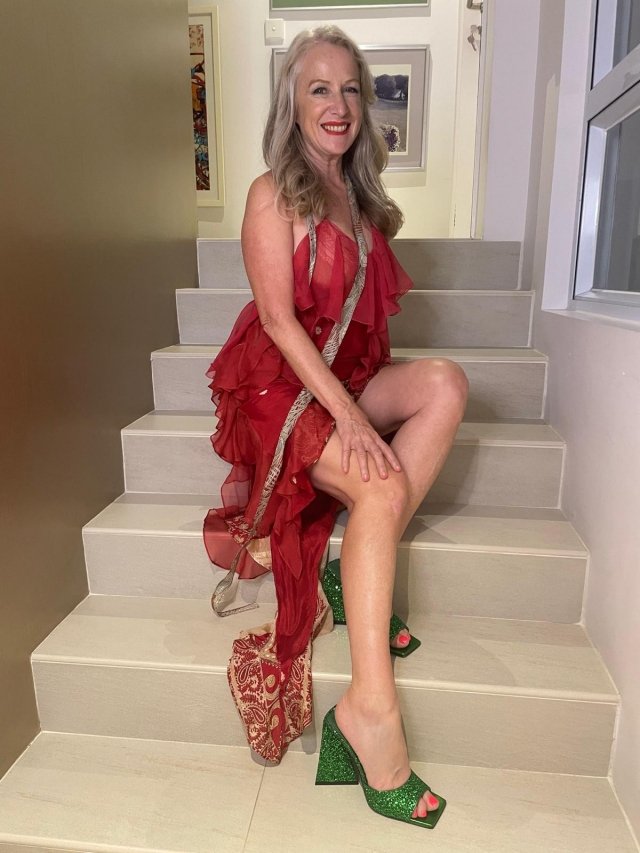There is a slight mood shift in the blog this week.
I went scuba diving for the first time since 2018. So, I have been away from the relentlessness of city life and have spent the majority of my days in the ocean. The many hours in silence with nature's beauty allowed me to contemplate many things, including our (human) relevance on this planet.
Our dive team - thank you Bei Zhou for the beautiful photo.
A few points to address: the Wakatobi dive resort is exceptional in its conservation efforts. I have been here a number of times, and it is one of my favourite places on the planet. The last time I visited was in 2017; to be back was an extraordinary and long-anticipated trip. The resort was closed for business from March 2020 until July 2022. As they needed to keep maintaining and leasing the reefs, we did not know how healthy they would be. We needn’t have worried; they were amazing, full of life and abundance.
Being in this place, surrounded by nature and beautiful creatures every day, was very inspiring and also humbling. I had the experience of the privilege it is to live on this planet—the miracles of nature, the beauty of our world in all its elements. A magnificent creation we all get to be a part of.
How does this relate to fashion, shopping and consumption, you may ask. Back to my opening question: “Is life on this planet a privilege?”. Moreover, how would this view of life change your everyday actions and behaviours? Would you be conscious of what you were consuming, its impact on resources, and the mark left by you and your purchases? How would this view change the way you live
From my perspective and what I create as a commitment for the future:
Spend more time in the magnificence of nature.
Go beyond my comfort zone as an opportunity for growth and leadership.
Be aware of my habits and distractions; be present.
Create a wardrobe that respects nature and celebrates life. (Sounds easy!)
Bring awareness to this and be an inspiration to others.
Be present to the pull of nature; make it a priority.
This blog will create a new conversation for the future of fashion, creating opportunities for making an impact and inspiring readers to do the same. Creating our life on this planet as a privilege is a challenge I give you all.
As I consistently state, I love fashion and engaging with it. We can all enjoy it, too.
My challenge is for you to make your actions from the place of living life on this planet as a privilege.
Kind regards
Kate


















